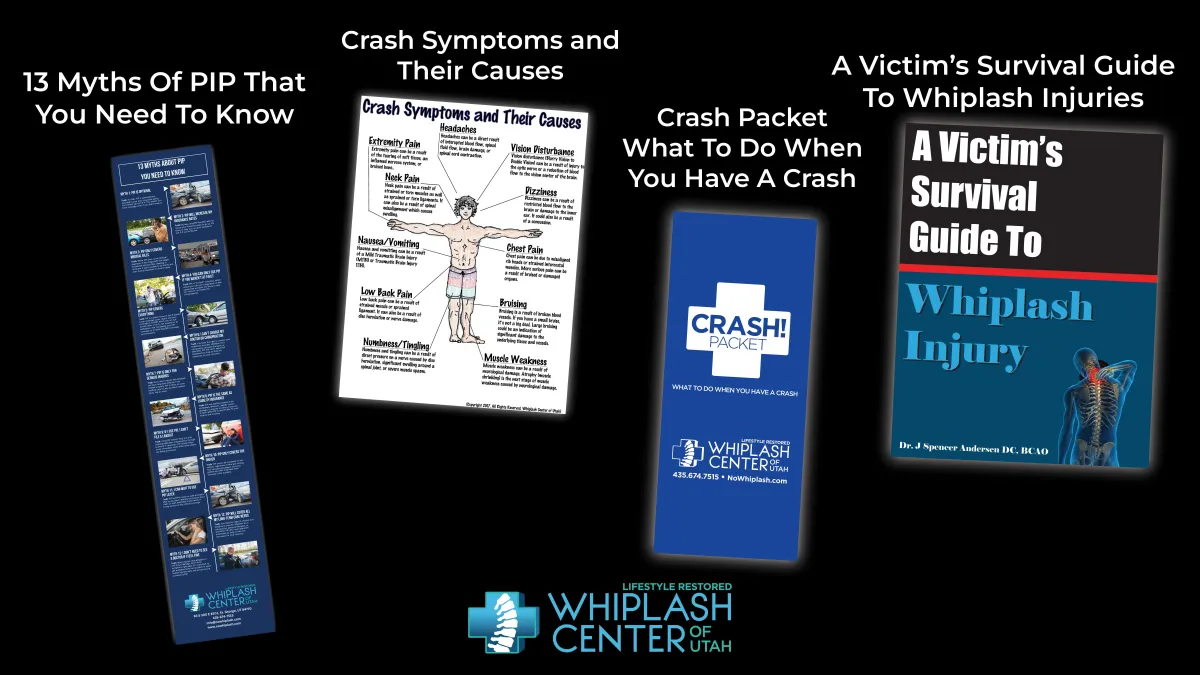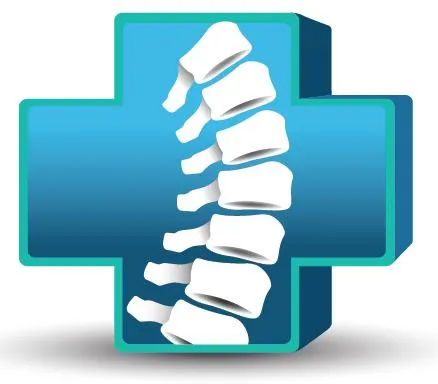
435-674-7515
63 S 300 E, #101,
Mon-Thurs 9am-5pm
St. George, UT 84770
Feel Strong
Move Freely - Live Fully!
What If Your Pain Is Hiding a Bigger Problem?
Hidden injuries after a car accident can lead to long-term pain if not properly diagnosed. At Whiplash Center of Utah, located in St. George and serving all of Southern Utah, we specialize in uncovering the root causes of neck pain, back pain, and auto accident injuries. Whether you’re dealing with whiplash, spinal misalignment, soft tissue damage, or pinched nerves, our expert team uses on-site digital X-rays and advanced diagnostic tools to pinpoint the true source of your discomfort.
Our chiropractic clinic offers personalized treatment plans that may include gentle spinal adjustments, soft tissue therapy, and injury rehabilitation services—all designed to accelerate healing and restore your active lifestyle. If you’re searching for effective whiplash treatment in St. George or surrounding areas, trust our experienced providers to deliver compassionate, results-driven care. Don’t let undetected injuries stop you—get expert whiplash and accident injury care at Whiplash Center of Utah today.
Has Whiplash Stolen
Your Freedom?
After a car accident, whiplash, neck pain, and back pain are among the most common and urgent concerns. At Whiplash Center of Utah—Southern Utah’s trusted chiropractic clinic for auto injuries—we specialize in identifying and treating the hidden effects of collisions. Choosing the right chiropractor in St. George can make all the difference in your recovery, helping you heal faster and avoid long-term damage.
Whiplash can happen in a split second. With over 6 million car crashes annually in the U.S. and 3 million resulting in injuries, studies show that 43% of crash victims suffer from chronic neck pain and up to 10% face lasting complications. But you are not just another statistic. You’ve found one of Utah’s top-rated clinics for whiplash treatment and auto injury care.
At Whiplash Center of Utah, we combine years of experience with advanced diagnostic tools, on-site X-rays, and personalized care plans designed to get you back to living pain-free. Whether you’re dealing with whiplash, spine misalignment, or soft tissue injuries, we’re here to help. Serving St. George, Hurricane, Cedar City, and the surrounding areas—don’t wait. Take the first step toward lasting relief and expert accident care today.
6 Million
Car Crashes a Year
3 Million
Victims Left With Whiplash
10 %
Left With Total Debilitation
Understanding Personal Injury Protection (PIP)
Many people don't even know that they have it!
Ready to take control of your recovery after a car accident in Southern Utah?
Download our free guide: The Complete Crash Recovery Toolkit from Whiplash Center of Utah. This comprehensive resource is packed with expert tips to help you avoid common mistakes after an auto accident, understand the signs of whiplash and hidden injuries, and get the personalized care you deserve. Whether you’re in St. George, Hurricane, or Cedar City, our crash recovery toolkit will help guide you toward faster healing, better outcomes, and the compensation you’re entitled to.

WHAT OUR PATIENTS ARE SAYING

"...Our family was involved in an automobile accident and his care has helped soooooo much...
"Dr. Andersen is great at what he does. He knows a lot and is happy to answer questions. He and his staff are amazing and are great with children. (We had 6 under the age of 10 in his office at one time on several occasions). Our family was involved in an automobile accident and his care has helped soooooo much. We are grateful to have met him!
- Amanda M.

"...there would be not pushing, pulling, or cracking during my appointments..."
I was involved in a roll-over car accident last year which resulted in my neck and spine being very out of place, a broken collar bone, and six stitches in my knee. I worried quite a bit because I have always been very afraid of the traditional "cracking" technique practiced by most Chiropractors. I was also worried because I desperately wanted relief from the pain in my neck and back, but my collar bone and arm were still in a fragile state. I found Dr. Andersen and was more than pleased with the results of his practices. I was relieved when I found out there would be not pushing, pulling, or cracking during my appointments; in fact, it wouldn't cause any pain at all! He welcomed me in not only as a patient, but also as a friend. Less than a year later I am now able to run, dance, and do all the things I did before. The therapies were so effected and I am truly happy because of it!
- Rachel M.

"...Here you are not just treated as another patient, they get to know you on a personal level ..."
I have a lot of issues with my jaw, neck, and shoulders due to a previous accident years ago that were never corrected. After visiting other chiropractors in town, with no success, I decided to try Whiplash Center of Utah. It was the best decision ever! In December I was involved in another accident and have since noticed a positive difference as well. Here you are not just treated as another patient, they get to know you on a personal level and gear your treatment and care to what will help you the most.
- Maegan P.
